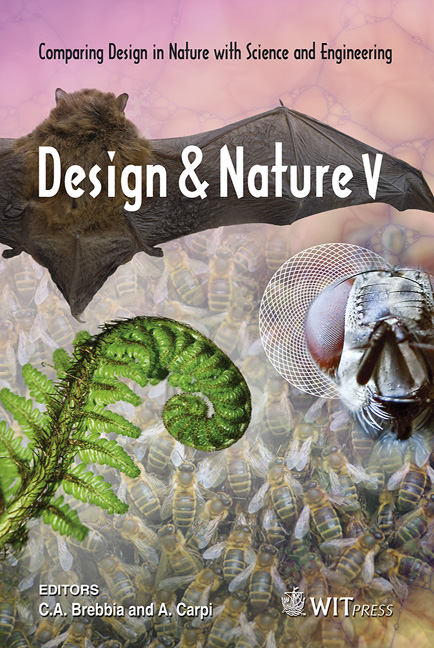Archetypes Of Art And Concepts Of Science As Pathways From Natural To Engineering Design
Price
Free (open access)
Transaction
Volume
138
Pages
12
Page Range
571 - 582
Published
2010
Size
3,237 kb
Paper DOI
10.2495/DN100511
Copyright
WIT Press
Author(s)
A. A. Berezin
Abstract
In a broad sense \“engineering” means any activity aimed at the creation of material-based artifacts to meet various human needs and interests. In all areas of engineering, interdisciplinary and multidisciplinary connections play a significant role. Aesthetical aspects and analogies taken from arts and concepts of science (including ideas of quantum physics) often serve as stimuli for engineering design. Of a particular interest are imports from surrealistic and paradoxical (\“visionary”) arts, as well as some radical ideas and concepts of physics. This article discusses, often overlooked and subtle, inputs to engineering design from the realms of artistic creativity and concepts relevant to microphysical (quantum) levels of physical reality. Keywords: engineering design, esthetics, visionary art, virtual reality, surrealism, complexity and chaos theory, quantum physics, set theory, information, spontaneous pattern formation. 1 Introduction Under the most encompassing view, the term \“engineering” refers to the creation of any material-based artifacts that target, in one way or the other, some objectives of human existence. Encompassing some 14 orders of magnitude – from nanotechnology to major terrestrial constructions and ocean ships – products of engineering are often influenced in their gestation and development by the esthetical, cultural and philosophical views of their creators. This paper discusses some plausible connections between engineering design (ED) and technology on one hand, and the realms of art and science on the other. The very origin of the terms \“engineering” (creative design) and \“technology” are rooted in the notion of artistic activity (Greek techne: art, craft, skill). As was
Keywords
engineering design, esthetics, visionary art, virtual reality, surrealism, complexity and chaos theory, quantum physics, set theory, information, spontaneous pattern formation





